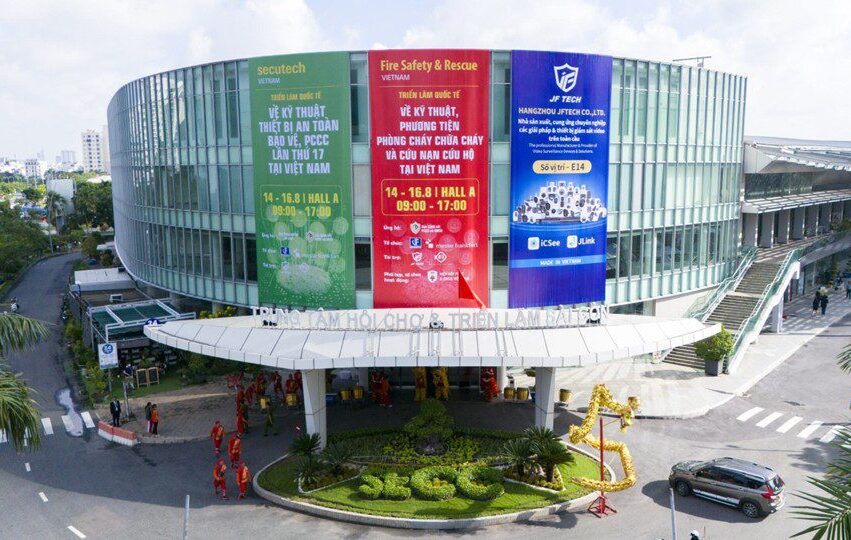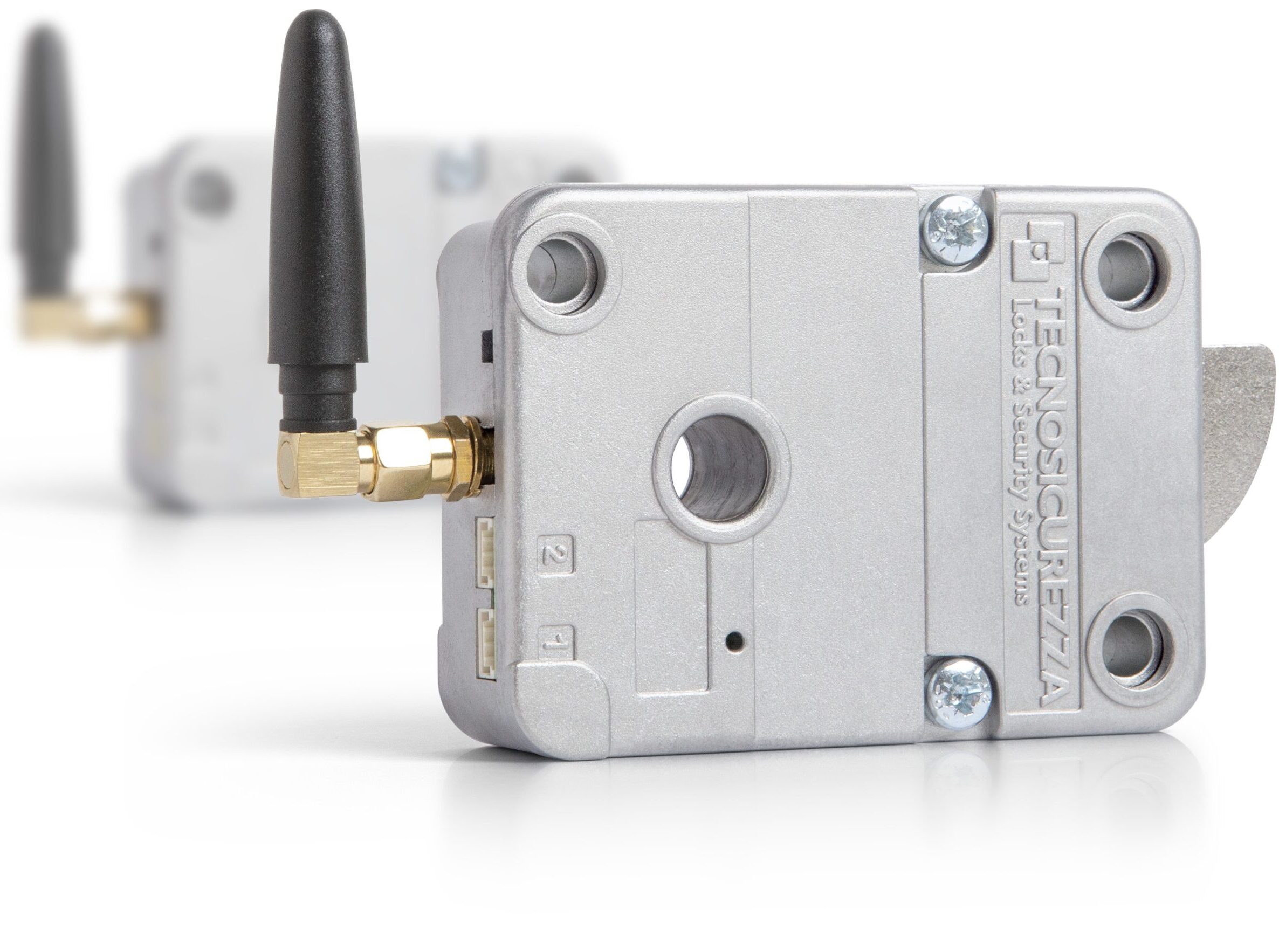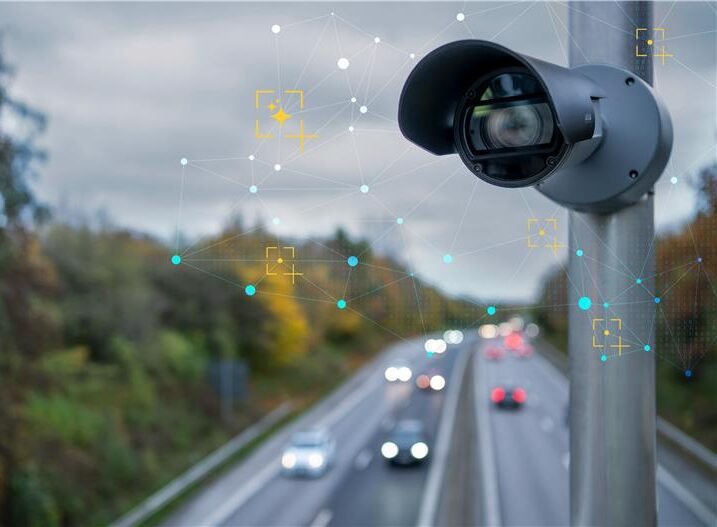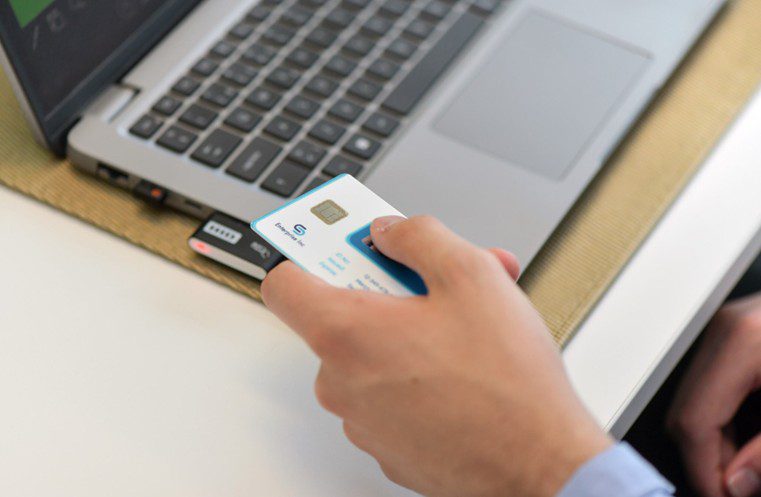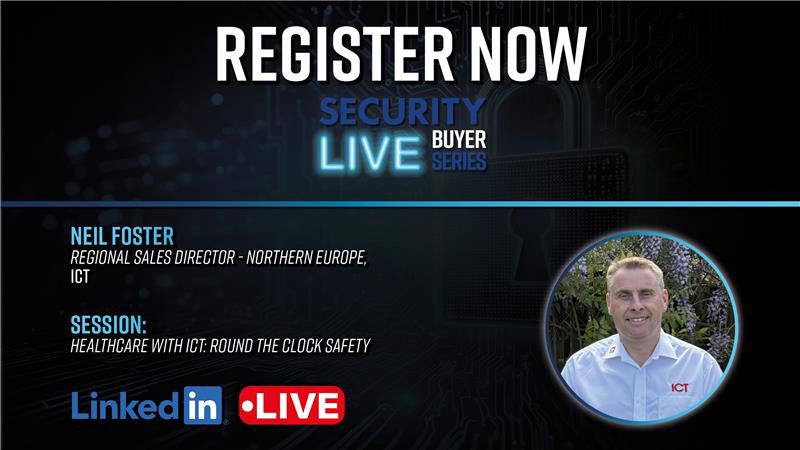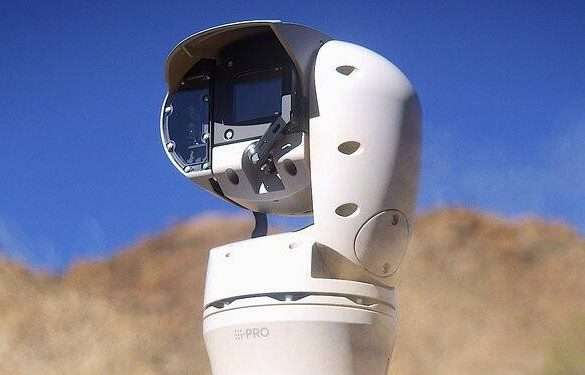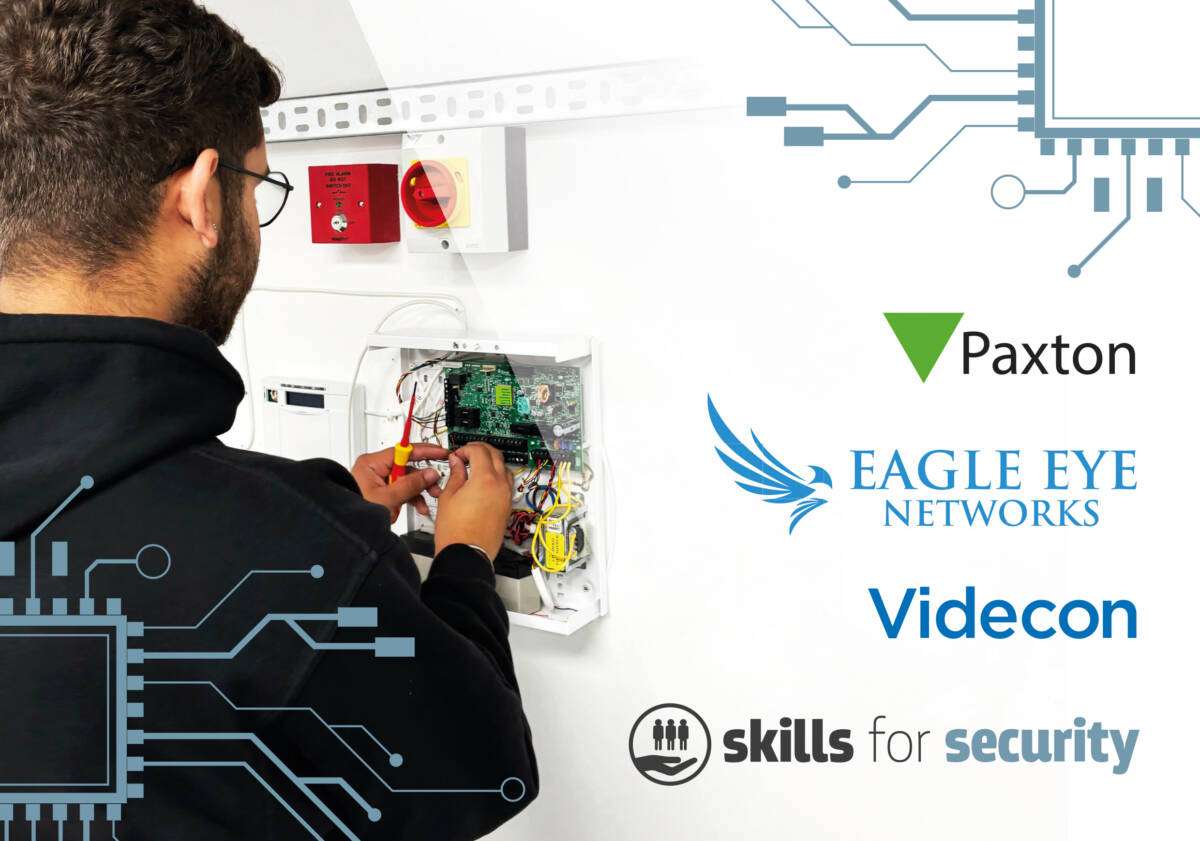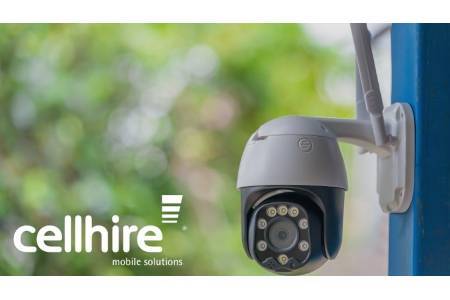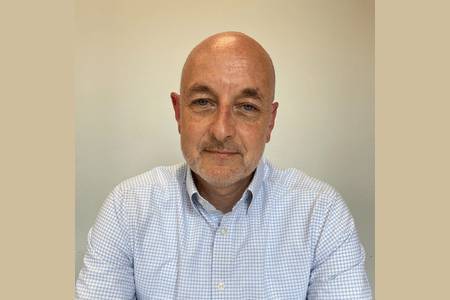
The security sector has seen a great advancement in recent years in the technology and solutions available in the CCTV and surveillance market. With such big investment taking place, companies large and small are asking the same question. How to make the most of my surveillance solution?
Philip White, Associate Director of Escudar Consulting Associates, believes the answer lies with training security professionals to understand the importance of body language and to spot signals that indicate suspicious behaviour. Having spent over 12 years as a police officer, followed by a successful career in security and CCTV management and consulting, Philip has experienced first-hand how vital body language indicators can be in early detection and prevention of crime. He has produced the following article exclusively for SecurityNewsDesk.com, to share his experience and knowledge on the subject.
The study of body language, technically known as kinesics, is something that has been developing for centuries, with Charles Darwin being an early practitioner, discussing body language in The Expressions of Emotions in Man and Animals in 1872. The applications of understanding what body language reveals about a person’s emotions and intentions has become increasingly popular with psychologists in recent years, seeing a rise in publications intended to lay body language bare, including C Boyes’ Need to Know Body Language in 2005 and Judi James’ The Body Language Bible in 2008.
An understanding of body language indicators has been applied to the training of police and other enforcement agencies for a number of years, this training has a profound influence on the successful early detection of offences and increased security. Seeing how important an understanding of the Body Language Method is in law enforcement proves it is an obvious progression to apply the same practices to other aspects of security.
The Body Language Method is a series of indicators that point to a person’s frame of mind and their intent:
- How we position our bodies.
- Our closeness to, and space between others, and how that changes.
- Facial expressions.
- Eye contact.
- How we touch others and ourselves.
- Breathing and sweating.
- How we interact with objects such as clothing, pens, cigarettes, and spectacles, etc.
- The pace, pitch and intonation of our voice.

Utilising the Body Language Method lets CCTV operatives maximise the benefit of surveillance solutions, concentrating their efforts on spotting traits or actions that indicate suspicious activity. For example, clusters of body language indicators such as an individual keeping a distance between themselves and others, someone carrying an object or package they are trying to hide, a person who is overtly nervous or sweating in an air conditioned environment, and so on.
Being in tune with these indicators means that CCTV operators can alert appropriate security or law enforcement personnel and have suspects intercepted. This creates an environment of prevention rather than one of reactive security and policing.
Body language in practice
One example from my own experience of successful apprehension of a suspect based on monitoring body language in practice would be during a training course in Abu Dhabi. As the students carried out practical body language recognition exercises at the airport I spotted a single Asian male at the pick-up and drop-off point.
Unkempt and nervous, with a single scruffy rucksack, I watched him for a few minutes, noting that he only reacted to a specific model of people carrier, being despondent when it wasn’t who he was clearly expecting. After speaking with our police liaison officer, law enforcement officials ascertained that he was an illegal immigrant and were able to detain his contact, who had been running a human trafficking ring, upon his arrival at the airport.
Body language vs. racial profiling

However, this is not something that is isolated to the West. Although not as prevalent in the Middle East, Israeli security forces have also relied heavily on racial profiling in the past in their struggle with Palestinian militants. For example, one of the instances of airport attacks we teach on our awareness course is the Lod airport attack in the 1970’s.
In this case the Israelis had advance notification of an attack by a Palestinian militant group on the airport. They briefed their security forces to look for Palestinians flying in from parts of the Middle East. The Palestinians had, in the meantime, recruited the services of four Japanese Red Army Faction fighters. These four flew in from Charles De Gaulle airport in business suits, collected their baggage, assembled assault rifles, took grenades from their baggage and began the attack.
Train for prevention not reaction
It is essential that all CCTV and security operatives are trained to work together as a team in order to patrol more effectively with cameras and other tools at their disposal, which will ensure that any suspect is kept under constant surveillance until apprehended.
The primary operator must be supported by their colleagues who will set up the next camera to track where the target is heading. This also maintains the recording continuity for the purposes of evidence. By doing this, preventing a crime becomes the natural order of a security system, increasing the level of safety and security.
Cultural awareness also needs to be considered when profiling a suspect based on body language signals, as various physical traits do not transfer between ethnic groups. For example, in the West head shaking side to side is negative, whereas in India it is a positive signal.
While CCTV solutions go a long way to increasing the safety and security in the world around us, the data they collect is only useful if those analysing it are aware of how to effectively put it to use. There may be software solutions designed to highlight specific anomalies or patterns, such as bags and cases left unattended in high risk areas, but only a person can read body language and the intentions it belies. No matter how much technology develops, to get the best out of any surveillance solution, the people running the system have to upgrade their skills and knowledge at the same rate.
For more information email Philip White at [email protected].


